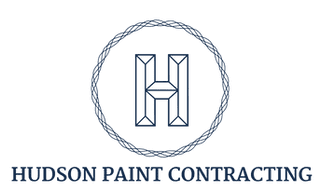Power Washing vs Traditional Cleaning for Driveway Surfaces
Is your driveway stained and slippery from years of dirt and grime? Power washing offers a powerful solution, but traditional cleaning methods also have their place. This article will compare power washing and traditional cleaning techniques for driveway surfaces, evaluate the benefits of each approach, and guide you through effective power washing steps. By understanding these methods, readers can choose the best option for their driveway cleaning needs, ultimately ensuring a clean and safe surface for their home.
Essential Takeaways on Power Washing and Driveway Maintenance
- Power washing effectively removes tough stains using high-pressure water, saving time and effort
- Traditional cleaning methods may require extensive labor and often depend on chemical cleaners
- The choice of cleaning method should consider the driveway’s material and condition
- Power washing can enhance a driveway’s longevity while minimizing future maintenance costs
- Regular power washing helps maintain curb appeal and prevents mold or mildew buildup
Understanding Power Washing and Traditional Cleaning Methods

Power washing effectively removes dirt and debris from driveway surfaces, utilizing high-pressure water to achieve significant results in applications such as outdoor furniture refinishing. In contrast, traditional cleaning methods may involve chemical solutions and manual scrubbing, often lacking the power and efficiency of modern techniques. This section will compare the tools used in both methods and assess their effectiveness to determine the most environmentally friendly approach to driveway maintenance.
Defining Power Washing and Its Common Applications
Power washing utilizes high-pressure water to effectively cleanse concrete surfaces, making it a preferred method for maintaining driveways. This technique not only removes dirt, grime, and debris but also prepares surfaces for applications such as sealant or furniture refinishing. In contrast to traditional cleaning methods, which often rely on detergents and manual scrubbing, power washing offers a quicker, more efficient solution that can ultimately save time and reduce costs for homeowners.
- High-pressure water effectively cleans concrete surfaces.
- Suitable for preparing surfaces for sealant applications.
- Helpful in furniture refinishing projects.
- Faster and more efficient than traditional methods.
- Cost-effective solution for driveway maintenance.
Exploring Traditional Cleaning Techniques for Driveways
Traditional cleaning techniques for driveways typically involve manual scrubbing and the use of chemical solutions to combat tough stains and mold. Homeowners often rely on tools such as brooms, brushes, and pressure washing machines to achieve satisfactory results, though these methods can be labor-intensive and time-consuming. While they may remove some surface dirt, traditional techniques may not effectively address deeper stains or persistent mold without considerable effort:
- Manual scrubbing may require significant time investment.
- Chemicals can be harmful to the environment if not handled properly.
- Pressure washing machines can supplement traditional methods for improved results.
- Surface cleaning alone may not prevent future mold growth or serious stains.
Comparing the Tools and Equipment Used in Both Methods
The tools utilized in power washing and traditional cleaning methods vary significantly in both design and effectiveness. Power washing equipment typically includes high-pressure machines and specialized wands, enabling users to direct water precisely onto surfaces like patios and driveways, achieving superior results with minimal effort. In contrast, traditional methods rely on basic tools such as brooms, brushes, and chemical cleaners, which may require considerable manual labor, particularly when addressing tough stains. For instance, while a pressure washer can swiftly eliminate dirt from a roof or assist in interior and exterior door refinishing, traditional techniques may leave behind residual grime, necessitating more extensive cleaning efforts.
Assessing the Effectiveness of Each Cleaning Method
Evaluating the effectiveness of power washing versus traditional cleaning methods reveals distinct advantages for each approach. Power washing, utilizing high pressure and specialized nozzles, excels at removing mildew and embedded grime from driveway surfaces and adjacent sidewalks. In contrast, traditional cleaning methods often involve the use of cleaning agents combined with manual scrubbing, which may require more effort to tackle tough stains and can be less efficient in eradicating persistent mold. Homeowners looking for a swift and effective solution for driveway maintenance may find power washing to be the superior option.
Power washing cuts through dirt and grime where ordinary methods fail. It stands out, especially when considering its impact on driveways, a space that deserves attention.
Evaluating the Benefits of Power Washing for Driveways
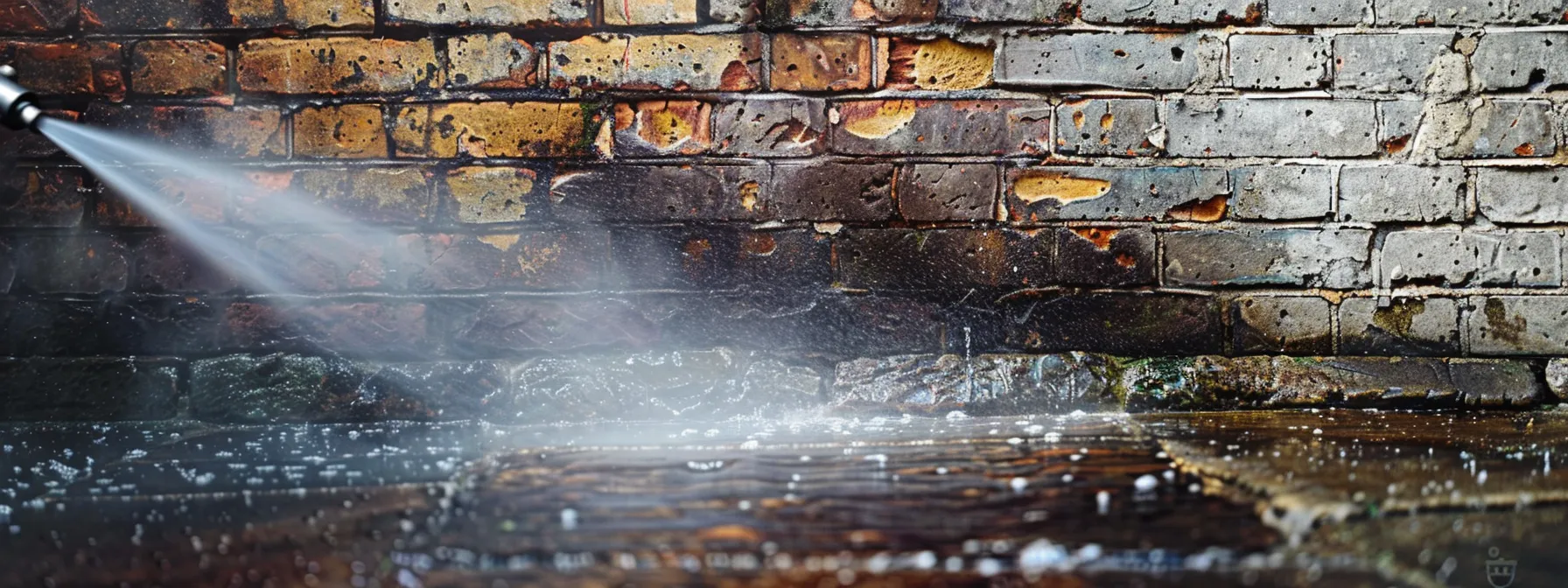
Power washing offers notable advantages for driveway maintenance, including enhanced efficiency and time savings. This method effectively removes a variety of stains and debris using high-pressure water, while also protecting driveway surfaces from long-term damage. Additionally, a comparison of cost implications reveals power washing as a viable alternative to traditional cleaning methods, enhancing the overall value for homeowners in maintaining their curb appeal.
Analyzing Efficiency and Time Savings With Power Washing
Power washing significantly enhances efficiency and saves time when maintaining driveway surfaces compared to traditional cleaning methods. High-pressure spray effectively removes oil, moss, and other stubborn debris with minimal effort, allowing homeowners to achieve a higher level of cleanliness in a fraction of the time. For those considering power washing, requesting a free estimate can highlight the time savings and potential for improved driveway aesthetics:
| Aspect | Power Washing | Traditional Cleaning |
|---|---|---|
| Efficiency | High-pressure spray removes dirt and stains quickly | Manual scrubbing takes longer, often less effective |
| Time Required | Typically takes a few hours for full driveway | Can take a full day or more depending on conditions |
| Surface Protection | Protects against long-term damage and moss growth | May leave behind residues that allow mold to return |
Identifying the Types of Stains and Debris Effectively Removed
Power washing excels in removing a diverse range of stains and debris from driveway surfaces, including oil, grease, moss, dirt, and mildew. The high-pressure water effectively penetrates and dislodges even the most stubborn contaminants, ensuring a thorough clean that traditional methods struggle to achieve. Homeowners can expect notable results in the appearance and longevity of their driveways, addressing common issues that often lead to deterioration and unsightly conditions:
| Type of Stain/Debris | Power Washing Effectiveness | Traditional Cleaning Effectiveness |
|---|---|---|
| Oil Stains | Removes stubborn oil quickly | May require extensive scrubbing |
| Moss and Mildew | Effectively dislodges and kills spores | May leave residues that allow regrowth |
| General Dirt | Cleans rapidly with high pressure | Longer time and effort needed |
Understanding How Power Washing Protects Driveway Surfaces
Power washing serves as an effective method for protecting driveway surfaces by preventing the accumulation of harmful substances such as mold, mildew, and dirt. The high-pressure water used in power washing not only cleans but also creates a seal that can enhance the longevity of driveway materials. This preventative approach helps avoid costly repairs resulting from surface damage, ensuring that driveways maintain their appearance and function over time:
- Prevents mold and mildew buildup.
- Removes debris that can cause surface damage.
- Enhances the longevity of driveway materials.
Considering Cost Implications of Power Washing Versus Traditional Methods
The cost implications of power washing versus traditional cleaning methods for driveways can significantly influence homeowners’ decisions. While traditional methods may appear less expensive upfront, the labor-intensive nature and the potential need for multiple applications can quickly escalate overall costs. In contrast, power washing, although it may involve a higher initial investment, often leads to greater long-term savings through enhanced efficiency and reduced need for subsequent maintenance.
| Aspect | Power Washing | Traditional Cleaning |
|---|---|---|
| Initial Cost | Higher initial cost for equipment and service | Generally lower initial cost for supplies |
| Labor Intensity | Requires less manual labor, saving time | More labor-intensive, increasing overall cost |
| Long-term Savings | Reduces future maintenance expenses | May incur higher future costs due to repeated cleaning |
Power washing cleans deeply, revealing the beauty beneath the grime. Yet, there are times when traditional methods speak to the quiet needs of a driveway’s surface.
When to Choose Traditional Cleaning for Driveway Surfaces
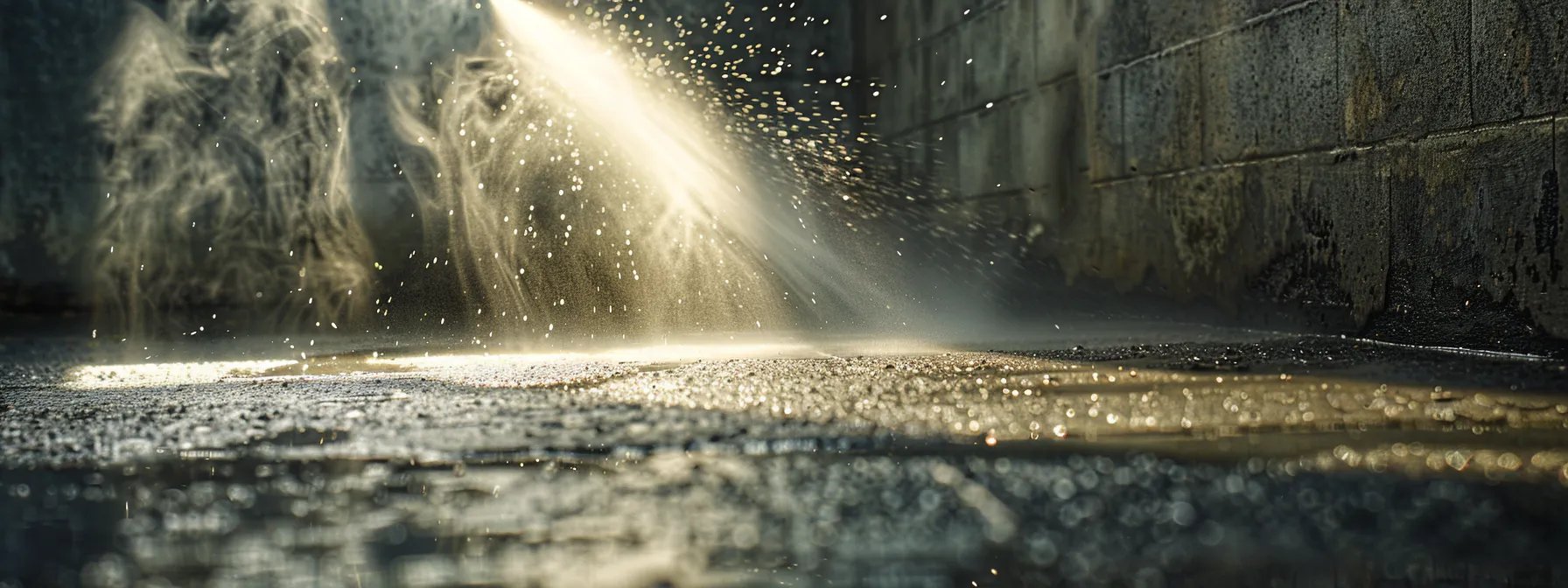
Choosing traditional cleaning methods for driveway surfaces requires careful assessment of factors such as surface materials and their compatibility with various cleaning approaches. Understanding the limitations of power washing is essential, especially when considering environmental impacts and safety issues. Specific scenarios might arise where traditional cleaning techniques offer superior results, particularly on delicate or aged surfaces.
Assessing Surface Materials and Their Compatibility With Cleaning Methods
When evaluating driveway surfaces, it is essential to consider the materials and their compatibility with different cleaning methods. Surfaces made from delicate materials, such as certain types of pavers or aged concrete, may benefit more from traditional cleaning techniques, which minimize the risk of damage through gentle scrubbing and appropriate cleaning agents. Understanding these factors aids homeowners in selecting the right approach to maintain their driveways effectively:
| Surface Material | Recommended Cleaning Method | Reason |
|---|---|---|
| Aged Concrete | Traditional Cleaning | Minimizes risk of further wear |
| Pavers | Traditional Cleaning | Preserves joint integrity |
| Sealed Surfaces | Power Washing | Removes buildup without damage |
Understanding the Limitations of Power Washing
Power washing, while effective for many surfaces, has limitations that make it less suitable for certain driveway materials. For instance, delicate surfaces such as aged concrete or specific types of pavers may suffer damage from the high pressure used in power washing, leading to cracks or dislodging of material. Homeowners should consider traditional cleaning methods in these cases, as they offer a gentler approach that minimizes risk while still providing satisfactory results.
Evaluating Environmental Considerations and Safety
Environmental factors play a significant role in determining the appropriate cleaning method for driveways. Traditional cleaning techniques, which often utilize less aggressive chemical solutions and manual scrubbing, may be more suitable for surfaces sensitive to high pressure. Homeowners concerned about the ecological impact and safety of their cleaning practices can benefit from opting for traditional methods, as they minimize potential harm to surrounding vegetation and water sources while still effectively addressing surface maintenance.
Identifying Specific Scenarios Where Traditional Cleaning Excels
Traditional cleaning methods can particularly excel in scenarios involving delicate surfaces or when homeowners seek to minimize environmental impact. For instance, aged concrete driveways, which may be more susceptible to damage from high-pressure water, benefit from the gentler approach of manual scrubbing and careful cleaning agents. Additionally, situations that require significant attention to detail, such as preserving the integrity of paver joints or addressing intricate designs, often see better results with traditional techniques:
- Delicate surfaces such as aged concrete and specific pavers.
- Preserving the integrity of joint materials in paver installations.
- Properties requiring a minimal environmental footprint in cleaning practices.
Now that the conditions for traditional cleaning are clear, it’s time to consider a more powerful approach. Follow this step-by-step guide to see how power washing can transform your driveway and bring back its original appeal.
Step-by-Step Guide to Effective Power Washing for Driveway Cleaning
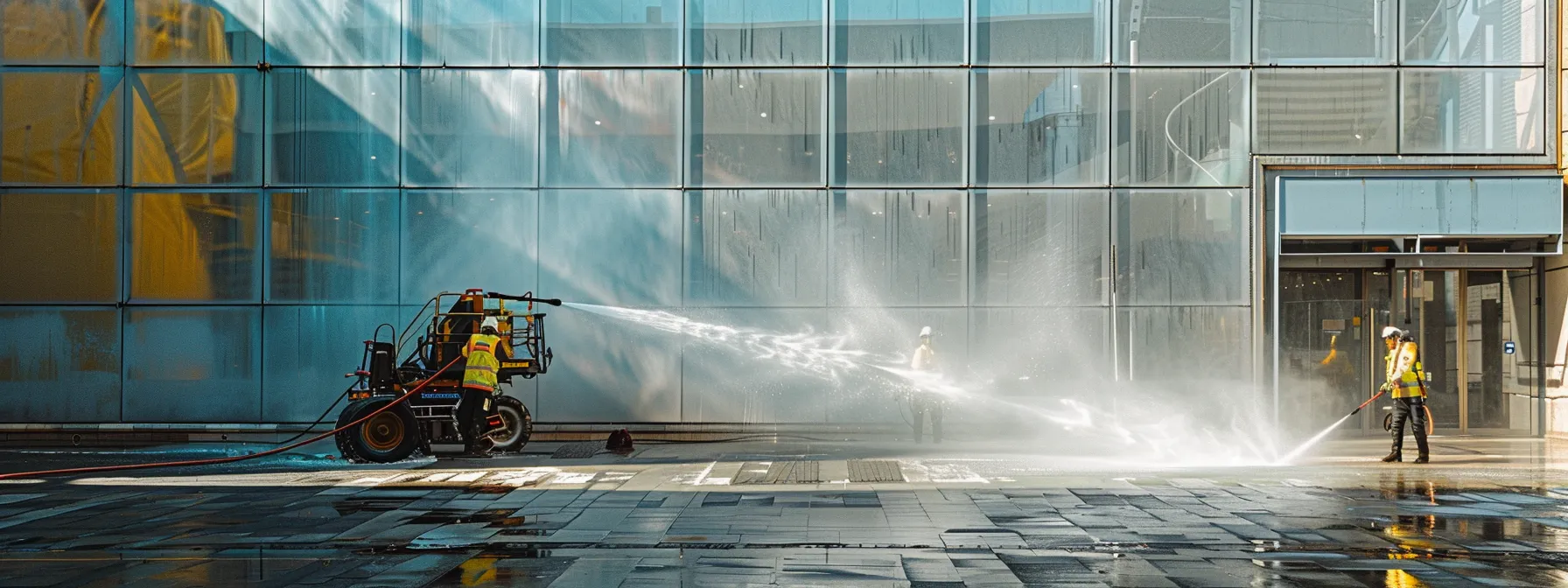
Preparing the driveway for power washing involves several key steps to ensure the best results. Selecting the appropriate pressure settings and nozzles is crucial for effective cleaning without damaging the surface. Employing safe and efficient cleaning techniques will maximize the impact of the wash while safeguarding the environment. Finally, implementing post-cleaning maintenance tips can enhance the longevity of the driveway, keeping it in optimal condition.
Preparing the Driveway for Power Washing
Preparing the driveway for power washing is essential to achieve the best results. Homeowners should begin by clearing the area of any vehicles, furniture, and debris that may obstruct the cleaning process. This preparation not only ensures a thorough clean but also protects property from unwanted water spray and potential damage during the power washing application:
| Step | Action | Reason |
|---|---|---|
| Clear Area | Remove vehicles and outdoor items | Ensures unobstructed cleaning process |
| Check for Damages | Inspect driveway for cracks or loose stones | Aids in avoiding further damage |
| Select Equipment | Choose appropriate pressure washer and nozzles | Maximizes effectiveness without injury |
Selecting the Right Pressure Settings and Nozzles
Selecting the right pressure settings and nozzles is crucial for effective power washing of driveway surfaces. Higher pressure settings are effective for removing stubborn stains and debris, while lower settings can be used for more delicate materials to avoid damage. For optimal results, matching the nozzle type to the task at hand, such as using a narrow nozzle for precision cleaning or a wider nozzle for general surface washing, ensures thorough cleaning without risk to the driveway’s integrity.
Safe and Effective Cleaning Techniques
For safe and effective power washing techniques, homeowners should always begin by thoroughly assessing their driveway surfaces before starting. It is important to adjust the pressure settings of the power washer according to the specific material to avoid any potential damage. Furthermore, using the correct nozzle type can enhance cleaning efficiency, such as employing a wider nozzle for extensive areas and a narrower one for targeted stains. Keeping the power washer at a consistent distance from the surface will also ensure optimal cleaning without risking surface integrity:
| Technique | Details | Benefits |
|---|---|---|
| Pressure Adjustment | Set appropriate pressure for the surface material | Makes cleaning effective while preventing damage |
| Nozzle Selection | Use a compatible nozzle based on cleaning needs | Improves efficiency and targeted cleaning |
| Distance Maintenance | Keep a consistent distance from the surface | Avoids surface damage and achieves better results |
Post-Cleaning Maintenance Tips for Longevity
After completing power washing on driveway surfaces, homeowners should implement specific maintenance practices to prolong the cleanliness and integrity of the surface. Regularly inspecting for signs of mold or mildew can help address issues before they escalate, while applying a suitable sealant every few years will enhance protection against future stains and damage. By maintaining this proactive approach, property owners can ensure their driveways remain visually appealing and well-protected for years to come.
Yet, not everything about power washing is as clear as the water it uses. Some myths linger, casting doubt on its effectiveness and safety, and it’s time to set the record straight.
Common Myths and Misconceptions About Power Washing

Concerns about preserving driveway surfaces often lead to misconceptions surrounding power washing. Addressing fears of damage, clarifying the limited need for chemicals in the process, and discussing recommended frequency for power washing are essential. Moreover, dispelling myths about water usage highlights the efficiency of this cleaning method. Each of these aspects is crucial for homeowners considering power washing as a viable solution for their driveway maintenance.
Addressing Concerns About Damage to Surfaces
Concerns about potential damage from power washing are common, as some homeowners worry that high-pressure water can harm their driveways. It is important to note that when performed correctly, power washing is both safe and effective, especially when appropriate pressure settings and nozzles are used. For example, experienced professionals understand how to adjust the power washer to suit various surface materials, thereby minimizing the risk of cracks and other damage while maximizing cleanliness.
Clarifying the Need for Chemicals in Power Washing
There is a common perception that power washing relies heavily on chemical solutions to achieve effective cleaning results; however, this is often not the case. Power washing primarily utilizes high-pressure water, which can efficiently remove dirt, grime, and mildew without the need for harsh chemicals. For most driveway surfaces, the effectiveness of the clean can be achieved through proper pressure settings and techniques, making it a more environmentally friendly option compared to traditional cleaning methods that frequently depend on chemical cleansers.
| Aspect | Power Washing | Traditional Cleaning |
|---|---|---|
| Use of Chemicals | Minimal chemical use, primarily water | Relies on various chemical solutions |
| Environmental Impact | Lower impact due to reduced chemicals | Potential hazards from chemical runoff |
| Cleaning Effectiveness | Effective with high pressure alone | May need more effort for results |
Discussing the Frequency of Power Washing Required
The frequency of power washing required for driveway surfaces can vary based on several factors, including the level of foot traffic, exposure to environmental elements, and the type of surface material. Generally, homeowners may consider power washing their driveways every one to two years to maintain optimal cleanliness and prevent the buildup of dirt, mildew, and harmful substances. Regular assessments of the driveway’s condition can guide homeowners in determining the ideal schedule for power washing, ensuring their driveways remain visually appealing and well-protected.
| Factors Affecting Frequency | Recommended Frequency |
|---|---|
| Light Use | Every 2 years |
| Moderate Use | Every 1.5 years |
| Heavy Use or Stains | Every year |
Dispelling Myths Related to Water Usage
A common myth surrounding power washing is that it consumes excessive amounts of water compared to traditional cleaning methods. In reality, power washing can be more efficient, as the high-pressure technique allows for a thorough clean with less water usage overall. Homeowners often find that power washing provides superior results in a fraction of the time, effectively addressing tough stains and debris while minimizing overall water waste.
Understanding the truths behind power washing lays the groundwork for making the best choice for your surfaces. Next, the decision between power washing and traditional cleaning becomes clearer, guiding you to a cleaner, brighter space.
Making an Informed Choice Between Power Washing and Traditional Cleaning
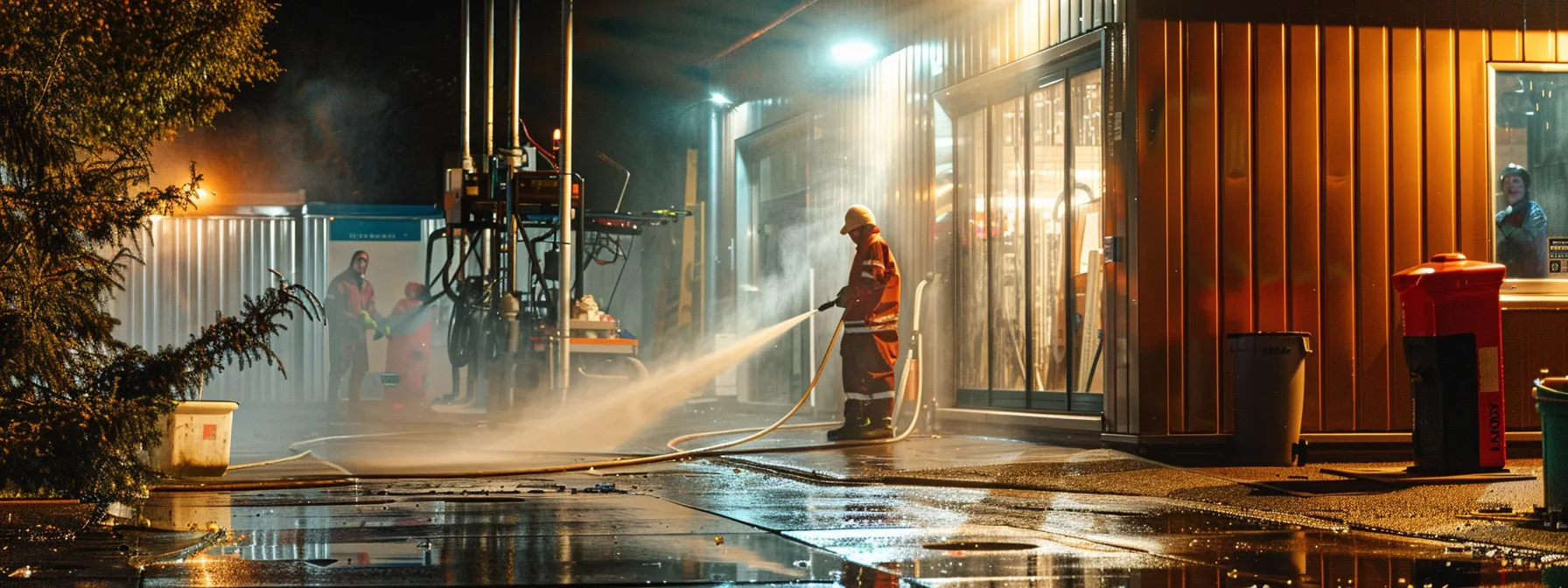
Evaluating overall costs and budget considerations plays a vital role in choosing between power washing and traditional cleaning for driveways. Homeowners must also consider their personal skill level when deciding on DIY options versus seeking professional advice. Weighing long-term maintenance needs against immediate results ensures an informed decision that optimizes driveway care. Each of these factors can significantly impact outcomes and satisfaction.
Evaluating Overall Costs and Budget Considerations
When evaluating overall costs and budget considerations for driveway maintenance, homeowners must weigh the immediate expenses of traditional cleaning methods against the long-term value of power washing. While traditional techniques may seem more affordable upfront, the labor intensity and potential need for repeated applications can lead to escalating costs over time. In contrast, investing in power washing not only provides superior cleaning results but also minimizes the need for frequent maintenance, ultimately saving homeowners money while enhancing the lifespan of their driveway surfaces.
Considering Personal Skill Level and DIY Options
When choosing between power washing and traditional cleaning methods for driveways, personal skill level is a significant factor. Homeowners comfortable with DIY projects may find traditional cleaning techniques manageable, as they often require less specialized equipment and can be performed using basic tools and solutions. Conversely, power washing typically requires a certain level of familiarity with equipment settings and techniques; therefore, homeowners may want to consider hiring professionals if they lack experience or confidence in using high-pressure washers.
- Assess personal skill level to determine the best approach.
- DIY cleaning allows for cost-effective options but may require manual effort.
- Power washing demands skill in handling equipment, potentially necessitating professional services.
Weighing Long-Term Maintenance Versus Immediate Results
When weighing long-term maintenance against immediate results for driveway surfaces, homeowners should consider how each approach impacts future care and cleanliness. Power washing provides rapid improvements in appearance and durability, making it ideal for those seeking a quick solution to revive aging driveways. In contrast, traditional cleaning methods may require more frequent application and labor, resulting in higher long-term maintenance efforts that could detract from the property’s overall appeal.
- Power washing delivers immediate results, making driveways look fresh and well-maintained.
- Traditional cleaning may demand more time and effort for ongoing upkeep.
- Long-term considerations influence the cost and labor associated with each method.
Seeking Professional Advice and Services for Optimal Outcomes
For homeowners uncertain about the best approach to driveway maintenance, seeking professional advice can provide clarity and direction. Professionals in power washing and traditional cleaning possess firsthand expertise and can assess the unique requirements of each driveway surface. Their guidance ensures that homeowners make informed choices, achieving optimal results while protecting the integrity of their driveways and enhancing their homes’ curb appeal.
Conclusion
Power washing emerges as a highly effective solution for driveway maintenance, offering superior efficiency and thorough cleaning compared to traditional methods. Its ability to swiftly eliminate tough stains and debris not only enhances the driveway’s appearance but also prolongs the surface’s lifespan. Homeowners should consider the long-term cost savings associated with power washing, as it reduces the need for frequent upkeep. By understanding the strengths and applications of both methods, property owners can make informed choices that best suit their driveway maintenance needs.

